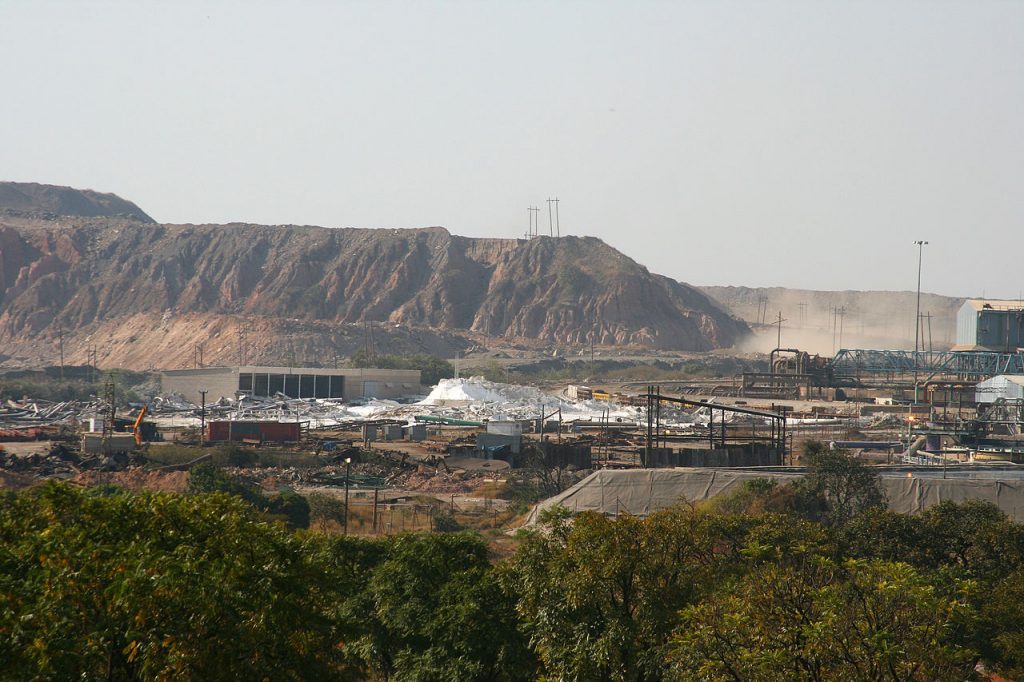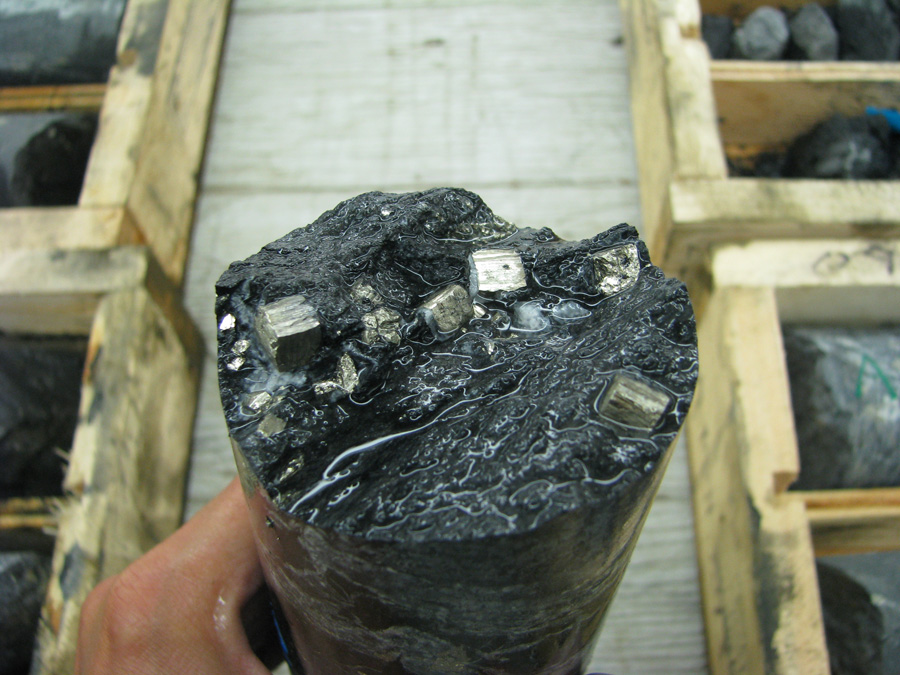Zambia aiming for power prices that reflect costs by end 2018

LUSAKA, June 21 (Reuters) – Zambia plans to introduce electricity tariffs that reflect the cost of production by the end of this year, a senior government official said on Thursday, a move that could increase costs for economically vital mining firms that currently pay a flat price.
In 2015 and 2016, Zambia experienced a critical shortage of electricity of up to 600 megawatts due poor rainfall in a country that relies heavily on hydropower, putting pressure on the government to apply tariffs that reflect costs to raise cash for investment in other energy sources to buoy power supply.
The new measure will affect global mining firms including First Quantum Minerals, Glencore, Barrick Gold Corp and Vedanta Resources which currently pay a flat tariff of 9.30 U.S. cents/kilowatt hour (kWh).
The mining industry brings in around 70 percent of Zambia’s foreign exchange.
The permanent secretary for energy, Emelda Chola, said in a statement at a mining and energy conference that the government had implemented the first phase of the migration by raising the price of electricity last year.
She said members of the regional Southern African Development Community (SADC) – to which Zambia belongs – had agreed to migrate to cost-related tariffs by the end of 2019.
“In addition, Zambia has launched an industry-wide cost of service study, which will determine subsequent tariff adjustments to be made,” Chola said.
First Quantum welcomed the study, saying cost-related tariffs would help attract foreign investment into the power sector, which would be good news as electricity is one of the mining sector’s largest costs.
“It has to be underpinned by an effective and efficient power utility,” First Quantum Head of Government Relations John Gladston told Reuters, referring to the cost of service study.
Mining companies have previously said the cost of electricity in Zambia is much higher than it should be because of inefficiencies at state power company Zesco Ltd.
Chola said Zambia planned to attract private sector investment in renewable energy with a target of developing a total capacity of 200 megawatts (MW) of electricity over a three year period.
(Reporting by Chris Mfula; Editing by Mark Potter)
More News
{{ commodity.name }}
{{ post.title }}
{{ post.date }}

Comments